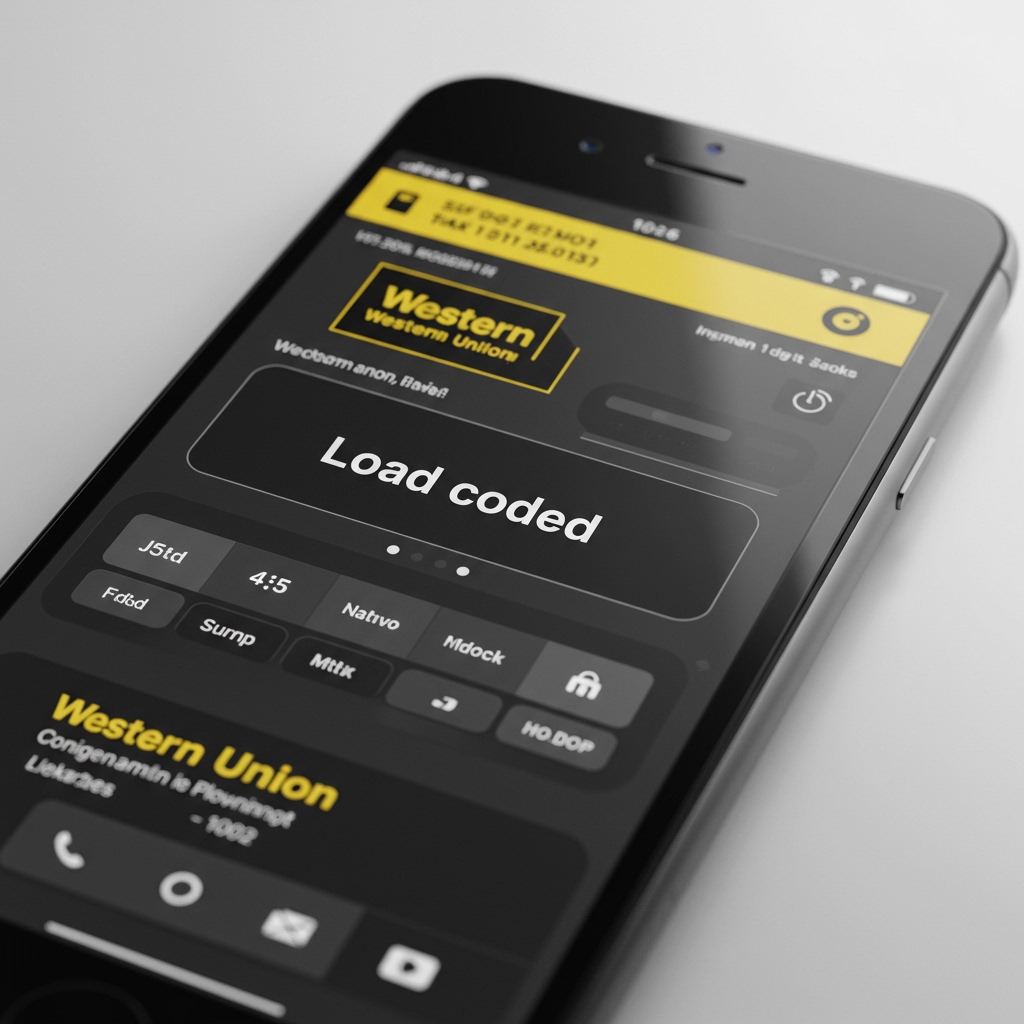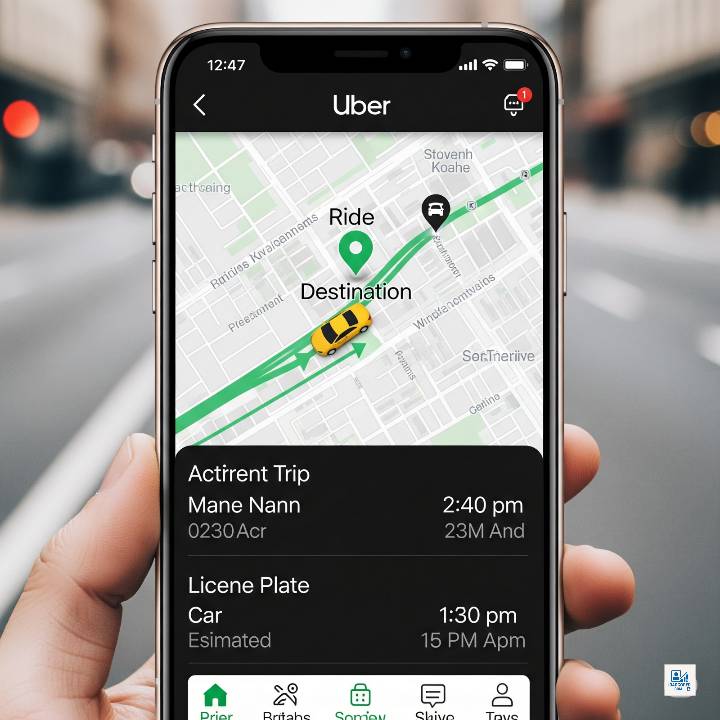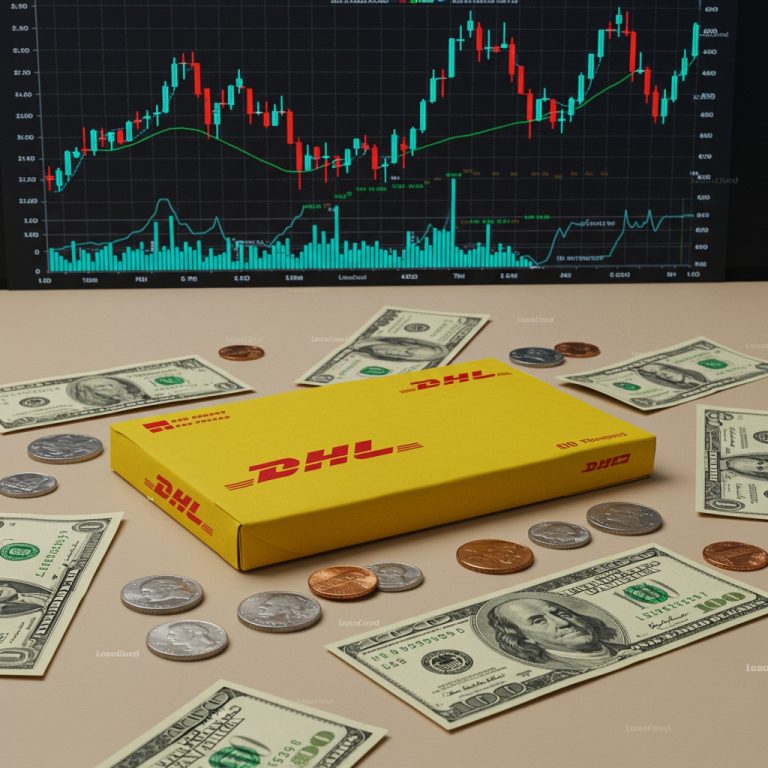Western Union Money Orders: Safe Way to Send Money Without a Bank
Western Union money orders offer a secure and convenient way to send money without needing a bank account. Whether you’re paying bills, sending money to family, or making a purchase, a money order is a trusted alternative to cash and checks. With Western Union’s global reach, you can send funds across the country or internationally with ease.
This guide explains everything you need to know about using Western Union money orders in 2025 — including how to buy, fill out, send, and cash them. Learn about fees, daily limits, tracking options, and the safety benefits that make money orders a popular choice for millions. We’ll also cover what to do if a money order is lost or stolen, how to verify legitimacy, and where to purchase one near you.
Whether you’re unbanked, underbanked, or just want a paper trail for your transactions, Western Union money orders are a reliable solution. Plus, they’re widely accepted by landlords, government offices, and retailers. Find out how this simple payment method can save you stress while keeping your money secure.
Start using Western Union money orders confidently with this in-depth guide tailored for both beginners and experienced users looking for safe financial alternatives.
What is a money order?
What Is a Money Order?
A money order is a secure, prepaid form of payment similar to a check. It’s used to send a specific amount of money to someone without needing a bank account. You pay the full amount upfront (plus a small fee), and the money order is then issued to the recipient, who can cash or deposit it.
Unlike personal checks, money orders don’t bounce because they are prepaid. They are ideal for people who don’t have access to traditional banking or want a safer way to send money by mail.
Key Features:
- Prepaid: You must pay in full when purchasing it.
- Trackable: Comes with a receipt and tracking number.
- Secure: Less risk of fraud than sending cash.
- Widely Accepted: Can be cashed at post offices, banks, grocery stores, and check-cashing locations.
Common Uses:
- Paying rent or bills
- Sending money to family/friends
- Making purchases without using a bank
Popular providers include Western Union, MoneyGram, and the U.S. Postal Service.
Let me know if you’d like a visual table comparing money orders to checks or bank transfers, for more clarity you refer to Money orders at everyday low prices guide
Where to get a money order?

Here are the most common places you can purchase a money order (or its equivalent) in the UK and elsewhere:
1. Post Office (Postal Order in the UK)
- What it is: In the UK, the closest equivalent is the Postal Order, issued and cashed at any Post Office branch.
- Limits & fees: You can get Postal Orders from £0.50 up to £250; fees range from 30p to £1.50 depending on value.
- Good for: Small‑value transfers when you need a paper‑based, trackable payment.
2. Western Union Agent Locations
- What it is: Western Union “money orders” or prepaid transfers, available at agent outlets.
- Where to find: Many Post Offices, WH Smith stores, PayPoint‑enabled shops, some supermarkets (e.g., Tesco, Sainsbury’s).
- Limits & fees: Varies by location and destination; ask the agent for the exact fee schedule.
- Good for: Domestic or international transfers where you want Western Union’s global reach.
3. MoneyGram Agent Locations
- What it is: Similar to Western Union, MoneyGram offers prepaid money orders/transfers.
- Where to find: PayPoint shops, some banks, supermarkets (e.g., Morrisons), convenience stores.
- Limits & fees: Dependent on send amount and destination; fees usually start around £5–£10.
- Good for: Alternative international money‑order option if you can’t access Western Union.
4. Banks & Building Societies
- What it is: Some high‑street banks (e.g., NatWest, Barclays) offer banker’s drafts or guaranteed cheques.
- Requirements: Typically you must hold an account there.
- Fees: £5–£15 for a draft, depending on bank.
- Good for: Larger amounts where you need a formally guaranteed payment instrument.
5. Check‑Cashers & PayDay Loan Shops (Limited UK Presence)
- What it is: Specialist outlets like Cash Converters or independent cheque‑cashing shops.
- Fees: Often higher—up to 5% of face value—so use only as a last resort.
What You’ll Need When Buying
- Payment: Cash or debit card (credit cards are rarely accepted).
- Recipient’s Name: Double‑check spelling—money orders are hard to correct once issued.
- ID: You may be asked for photo ID, especially for larger amounts.
Tip: Always keep your receipt!
Your purchase receipt includes the money‑order number, which you’ll need to track or replace it if it’s lost or stolen.
How to get a money order
Here’s a step-by-step guide to obtaining a money order:
| Step | Action | Details / Notes |
|---|---|---|
| 1 | Choose a Provider | Post Office (Postal Order), Western Union or MoneyGram agent outlets, bank/building society (banker’s draft), supermarkets or convenience stores. |
| 2 | Gather Funds & Information | Cash or debit card for face value + fee; recipient’s exact name; your ID or address (if required by issuer). |
| 3 | Visit the Outlet | Go to the counter and request a money order (or postal order). |
| 4 | Complete the Form | • Payee: Write recipient’s full name.• Purchaser: Your name/address (if prompted).• Amount: Enter the value you’re sending. |
| 5 | Pay & Obtain | Hand over amount + service fee; receive the printed/stamped money order. |
| 6 | Keep Your Receipt | Contains tracking/reference number—needed for tracking or to request replacement if lost or stolen. |
| 7 | Send or Deliver | Mail (do not fold or staple) or hand directly to recipient. |
| 8 | Recipient Cashes or Deposits | Recipient presents ID, endorses back of money order, and cashes it at a bank, post office, or check‑cashing location. |
How do I request a money order refund?
- Locate Your Receipt & Money Order Stub: You’ll need the original receipt and the money order’s serial number.
- Contact the Issuer: Reach out to the provider (e.g., Western Union, USPS) via their website or customer service number.
- Complete a Refund Request Form: Many issuers have an online or paper form—provide the money order number, issue date, amount, and payee name.
- Pay Any Processing Fee: Issuers typically charge a small fee (around $5–$15) for refund processing.
- Submit Your Application: Mail or upload the completed form, receipt copy, and fee payment.
- Wait for Approval: Refunds usually take 4–6 weeks to process and issue.
Where can I cash a money order?
You can cash a money order at your local bank or building society if you have an account—many offer this service with little to no fees. Post Office branches are also a common option, especially for UK Postal Orders. Some Western Union and MoneyGram agent locations, often found in PayPoint stores, cash their branded money orders. You can also visit check-cashing services or select supermarket banking desks like those in Tesco or Sainsbury’s. Always bring a valid photo ID and sign the back before cashing.
Do money orders have an expiration date?
Money orders generally do not expire, but it’s important to be aware of potential charges and issuer policies:
- Money orders remain valid indefinitely, since they’re prepaid and guaranteed Western Union.
- However, many issuers—like Western Union or MoneyGram—may start deducting service fees after 1–3 years of inactivity, reducing the amount the recipient can cash Western Union.
- Some state laws consider long-held, uncashed money orders as abandoned property, requiring the funds to be turned over to the government SoFi.
- The USPS, however, does not charge inactivity fees on domestic money orders; they retain full value until cashed creditninja.com.
✅ Key insight: While money orders don’t expire, it’s best to cash them promptly—especially to avoid service fees or unclaimed-property issues. 😌
Here are some frequently asked questions about money orders:
Frequently Asked Questions And Answers
Do money orders expire?
No, money orders have no formal expiration date—they retain their full face value indefinitely CreditNinja. However, issuers like Western Union or MoneyGram may begin deducting service fees after 1–3 years (Western Union). USPS domestic money orders typically remain full value with no inactivity fees SoFi.
What happens if it’s lost or stolen?
You can request a replacement or refund before it’s cashed. You’ll need the original receipt and serial number. Issuers charge processing fees (e.g., USPS $6.95; others between $5–$20), and replacements may take up to 60 days (CreditNinja).
Can I get a refund on an unused money order?
Yes, if it hasn’t been cashed. You must cancel it and file a refund request with proof of purchase (receipt and serial number), your ID, and often a cancellation fee of $5–$20 .
Do fees apply for old money orders?
Private issuers may apply monthly fees (e.g., $2/month after a year) . USPS does not charge inactivity fees . If a money order remains uncashed for years, state abandoned‑property laws may apply .
Where can I cash or deposit a money order?
Most banks and building societies, Post Office branches, grocery stores, check‑cashing outlets, and Western Union/MoneyGram agents accept them—just bring valid ID and endorse the back .
How do money orders differ from checks?
Unlike personal checks, money orders are prepaid and guarantee funds—no risk of bouncing. Personal checks typically expire after six months, while money orders don’t, although cashing old ones may involve fees .
These FAQs cover vital points—validity, refunds, replacement, and usage. If you’d like more details on getting replacements, tracking, or avoiding fraud, just ask!












